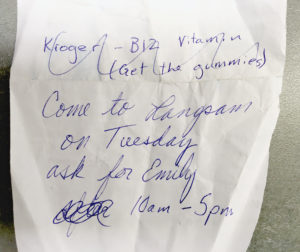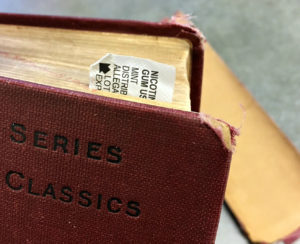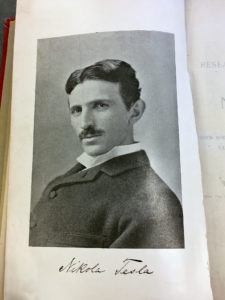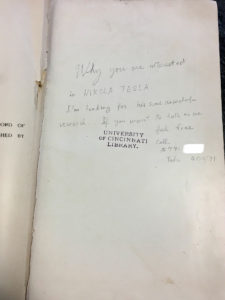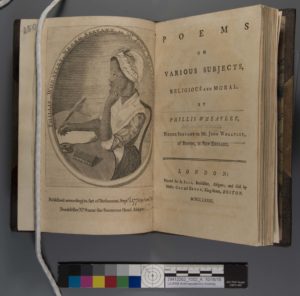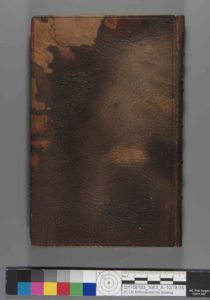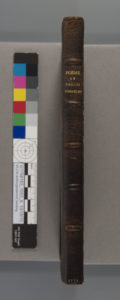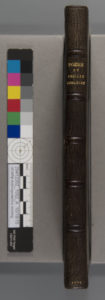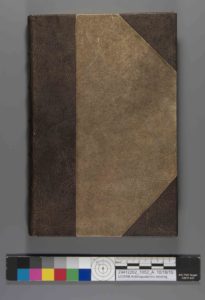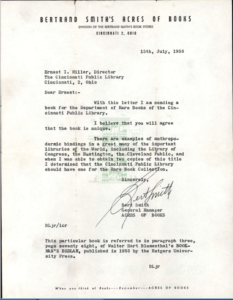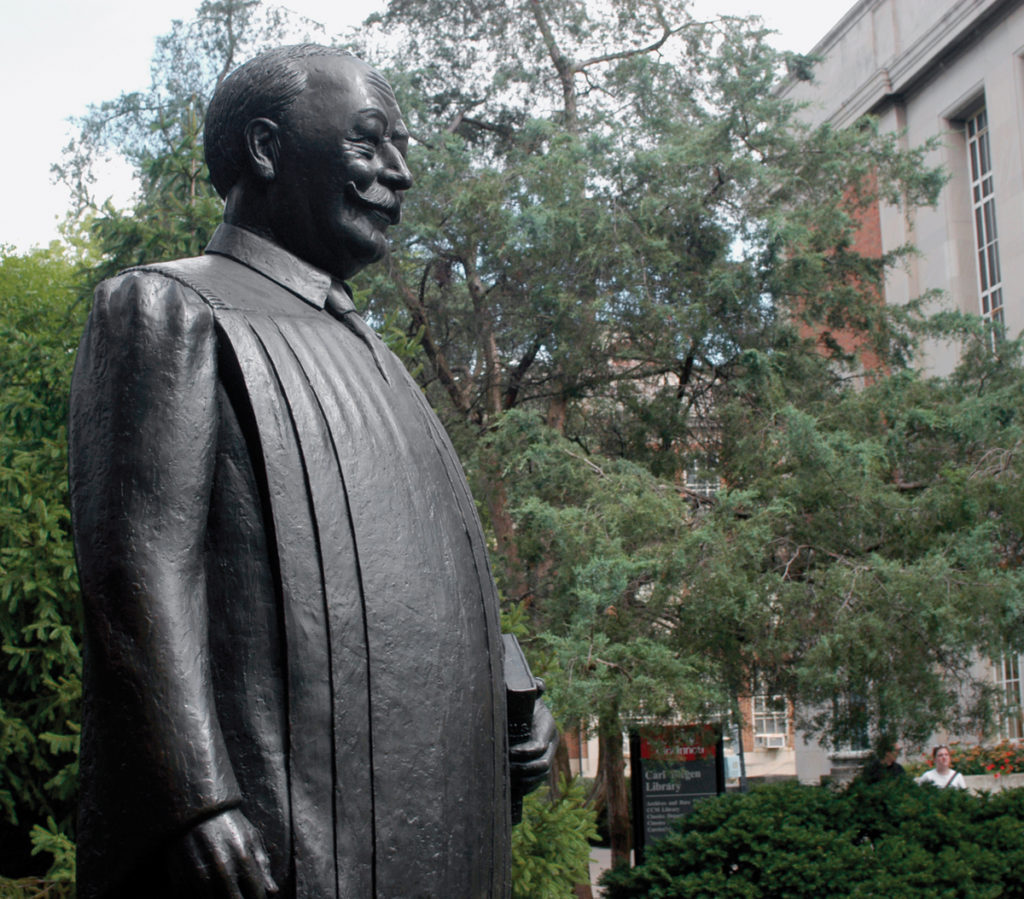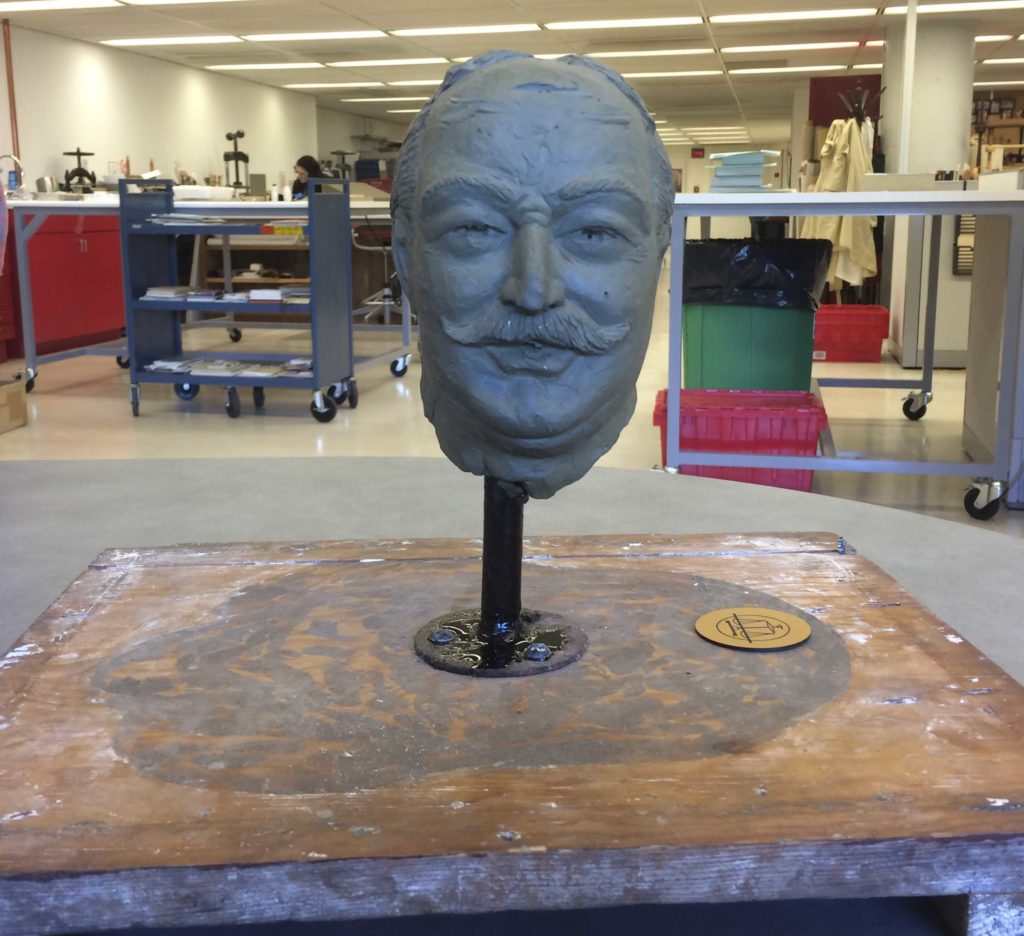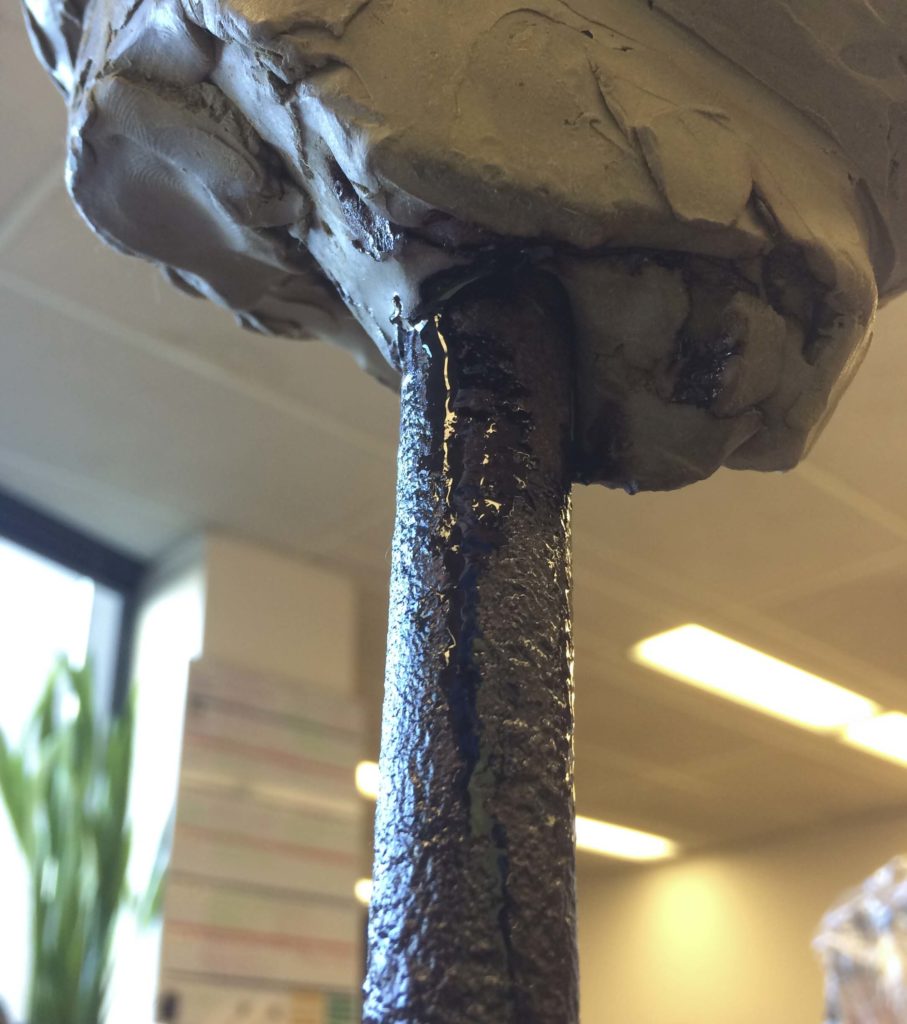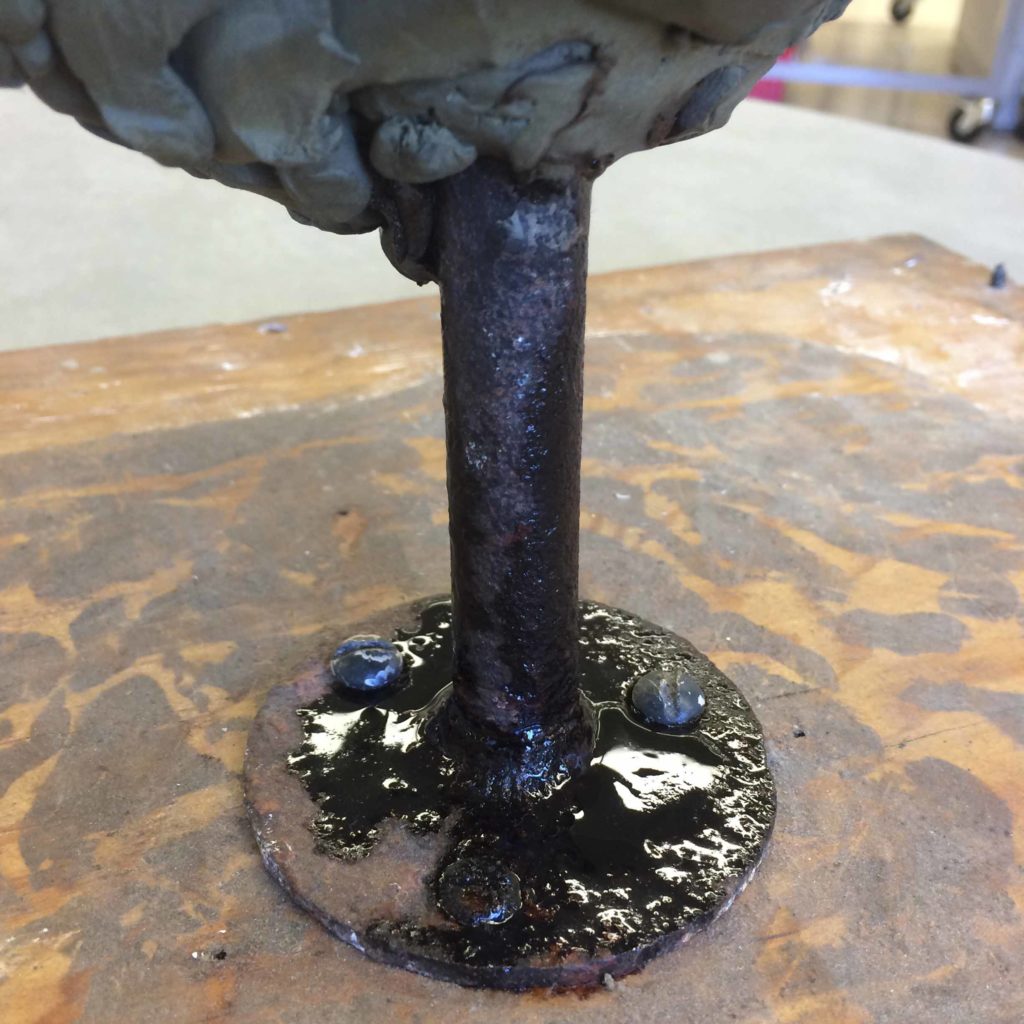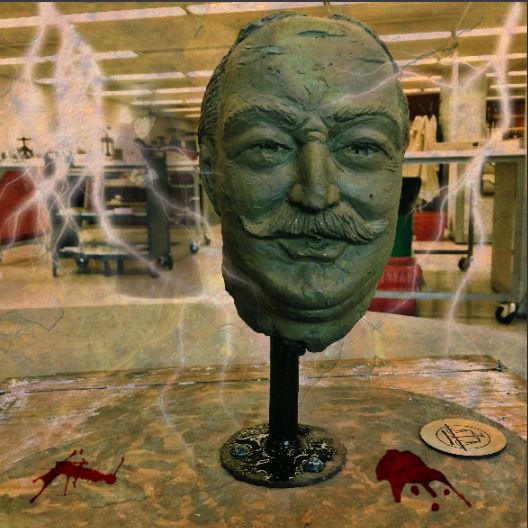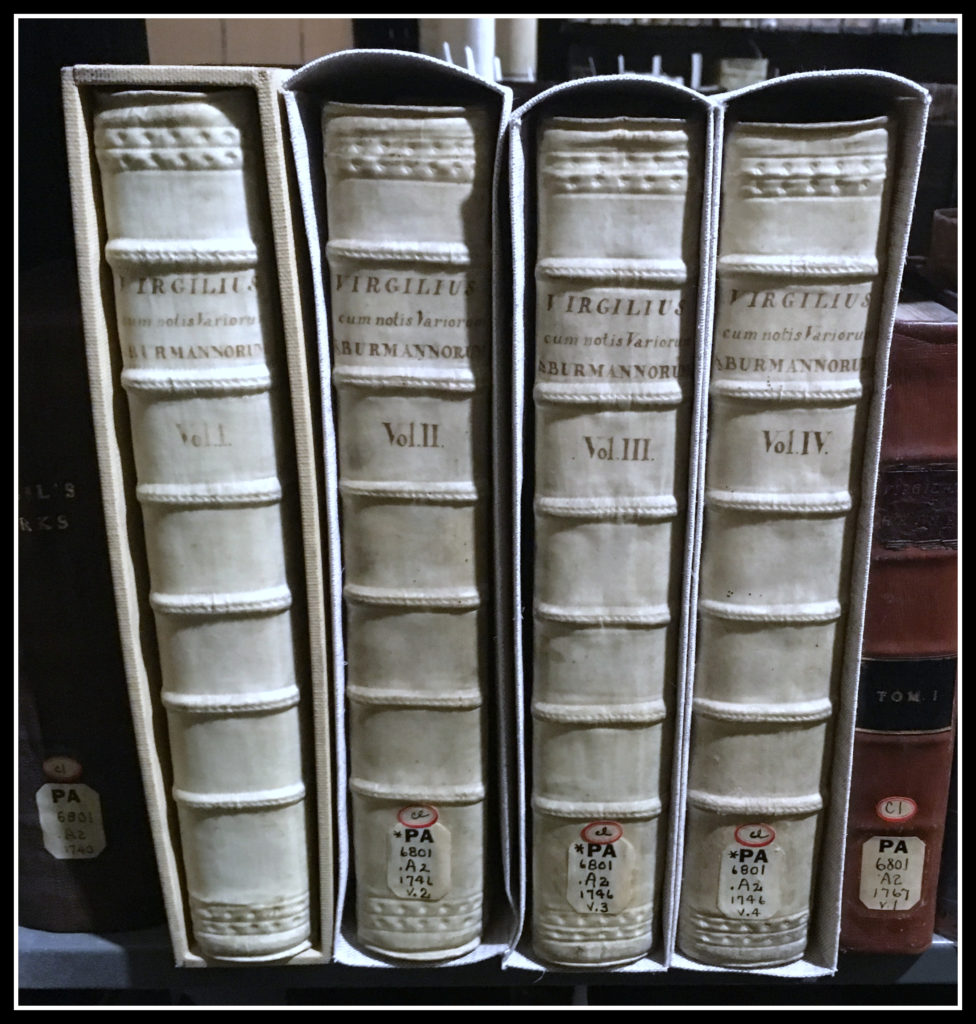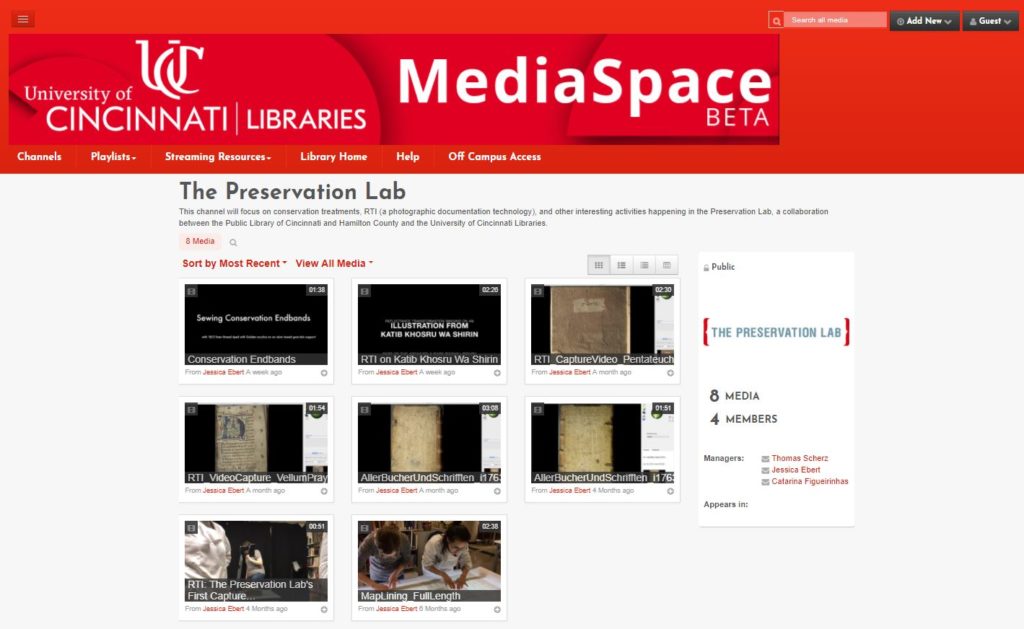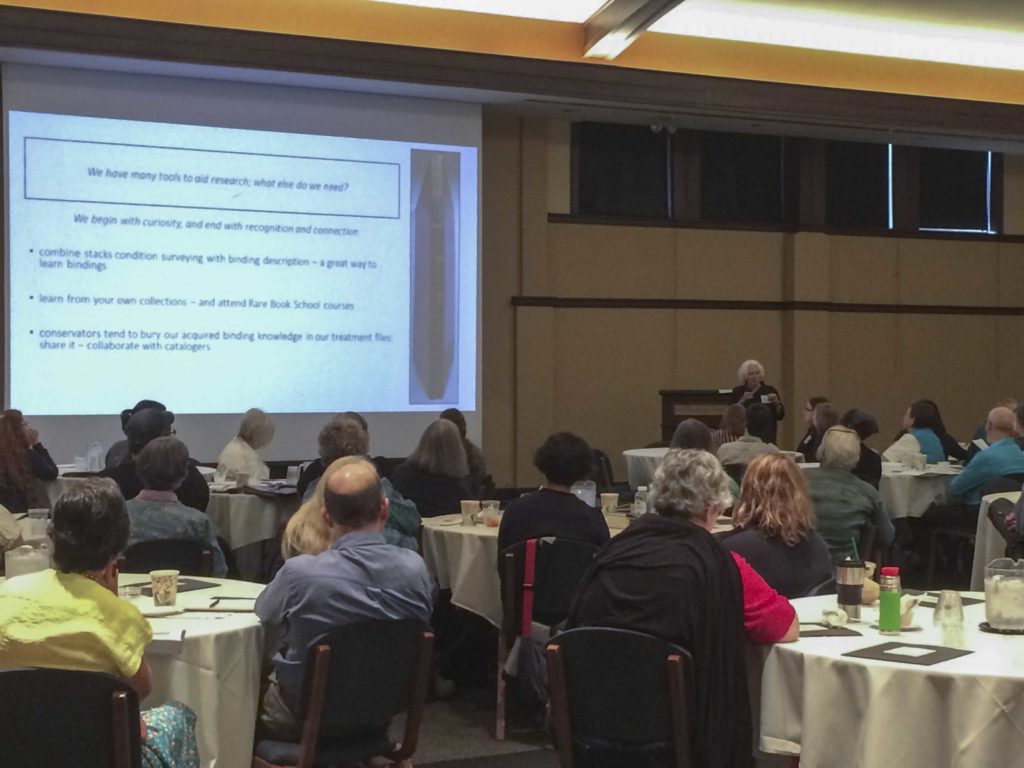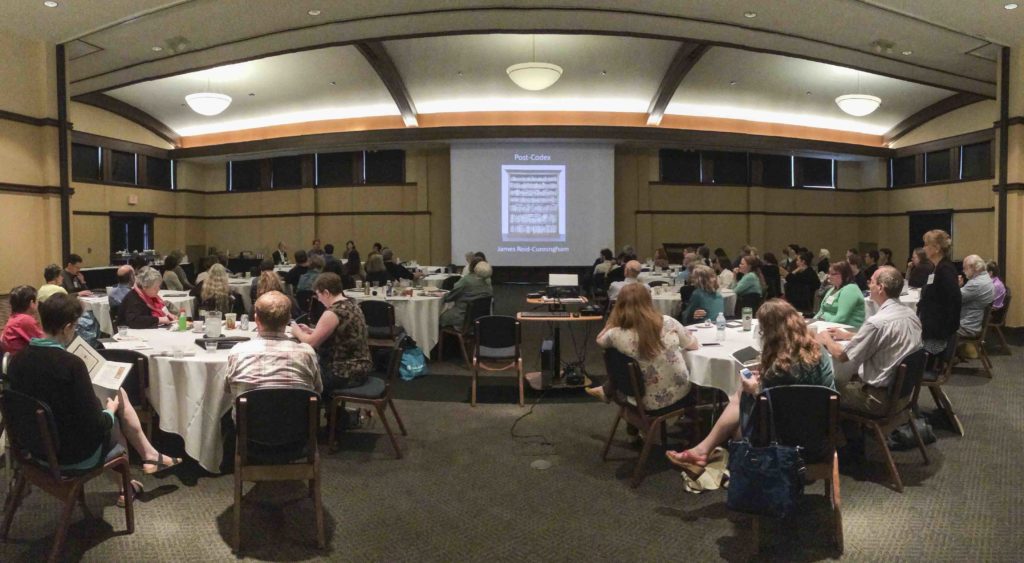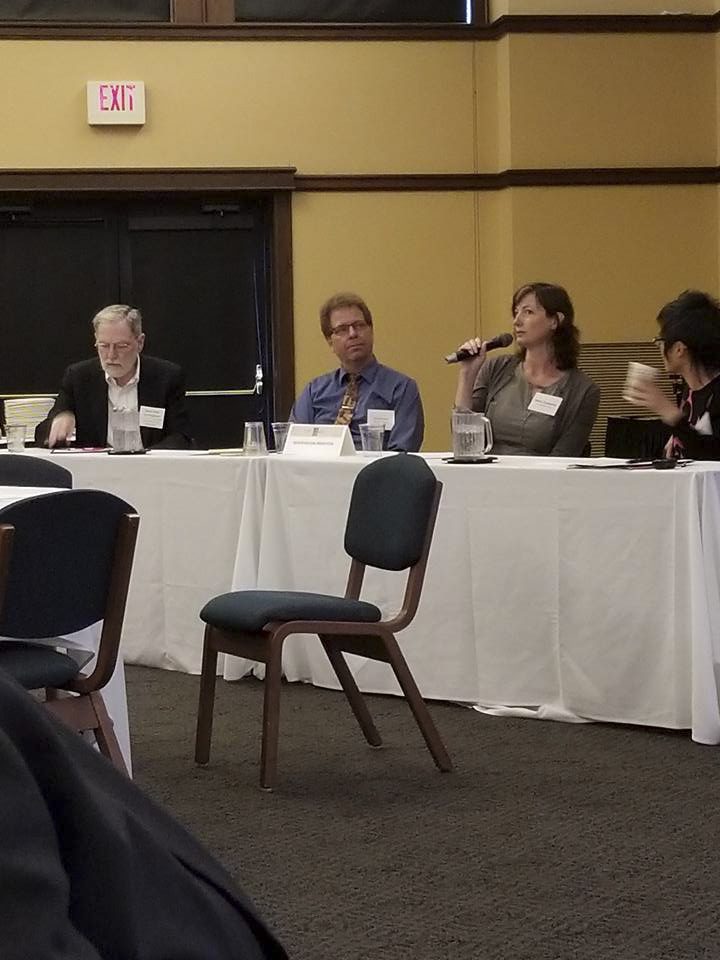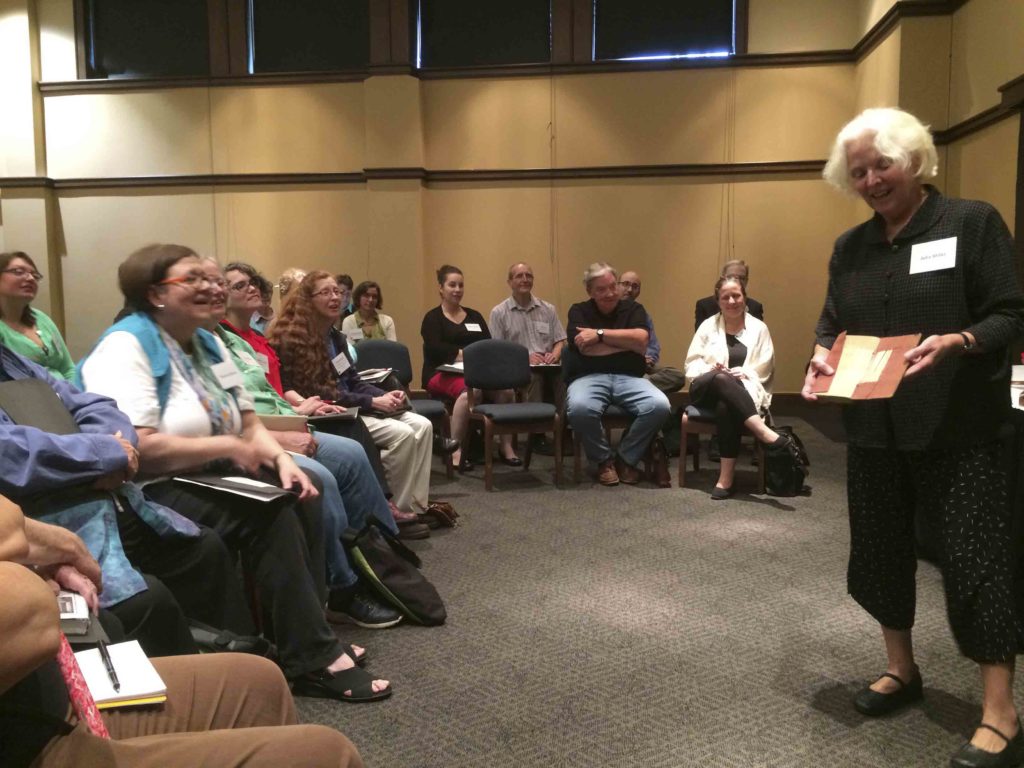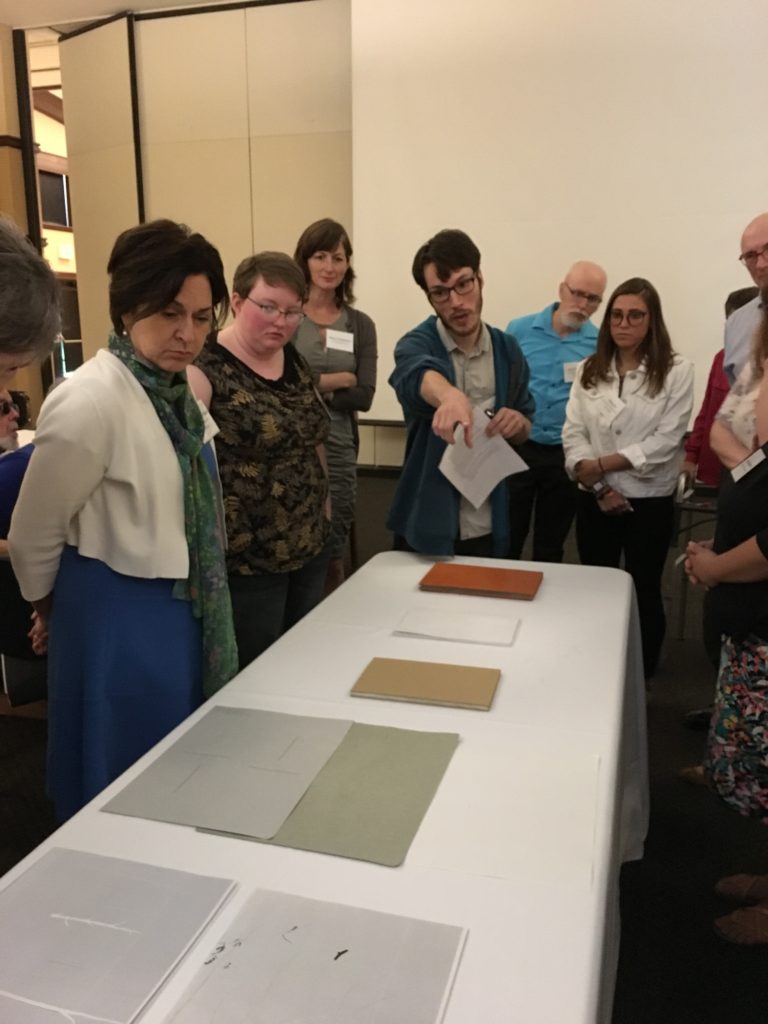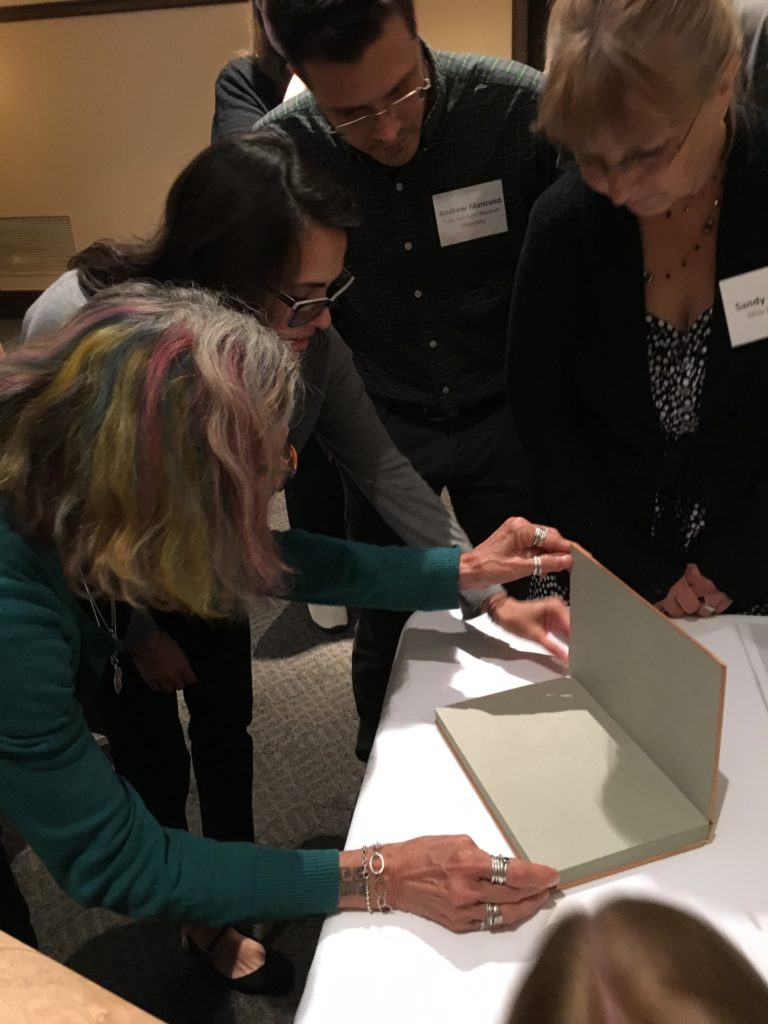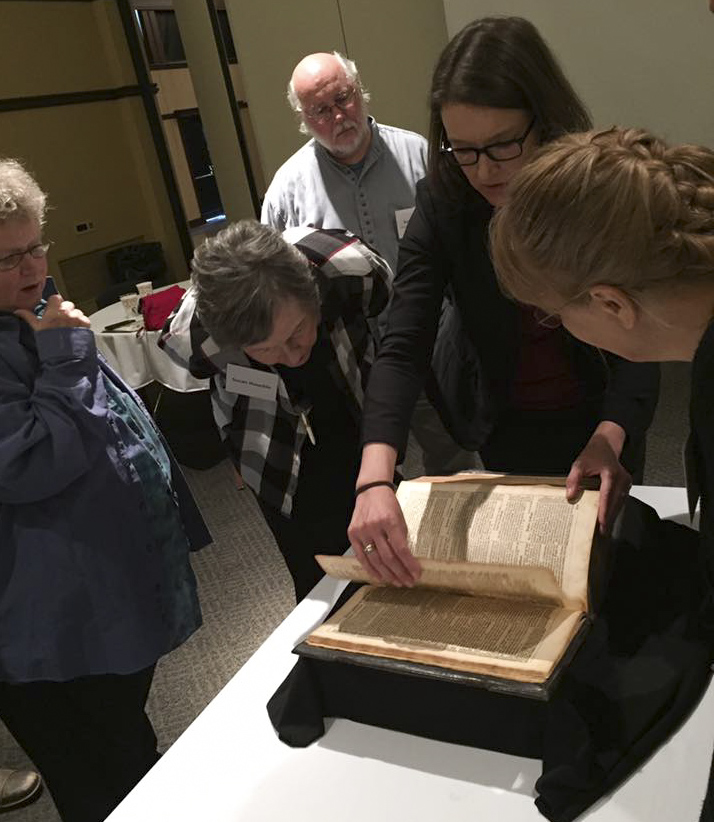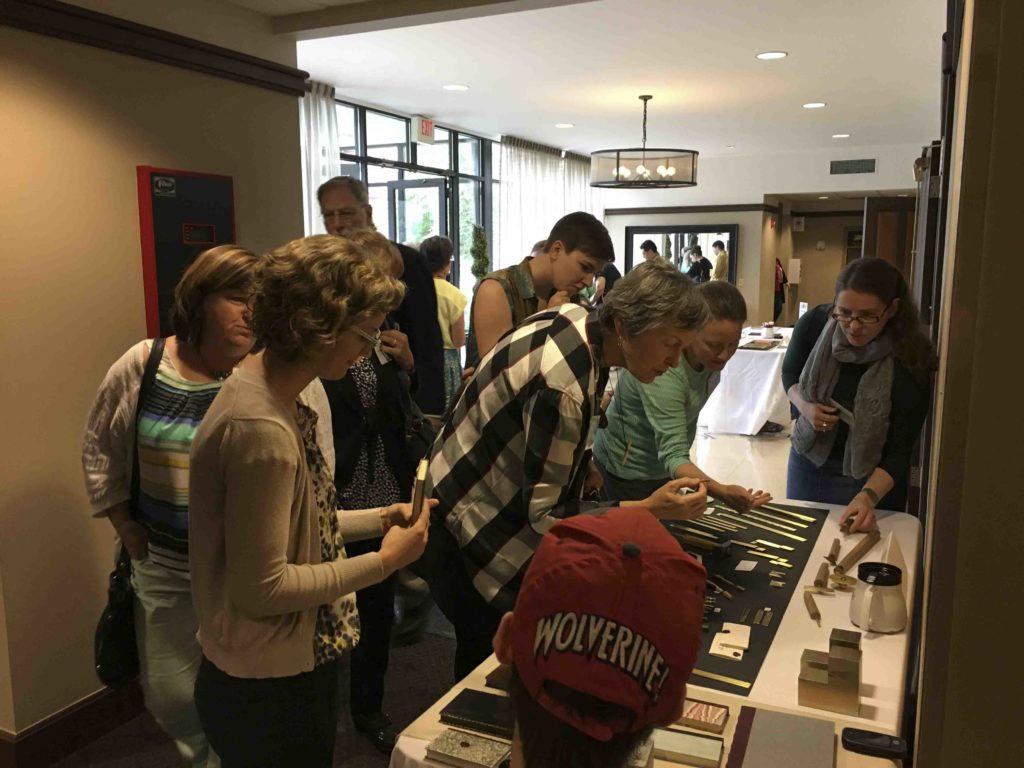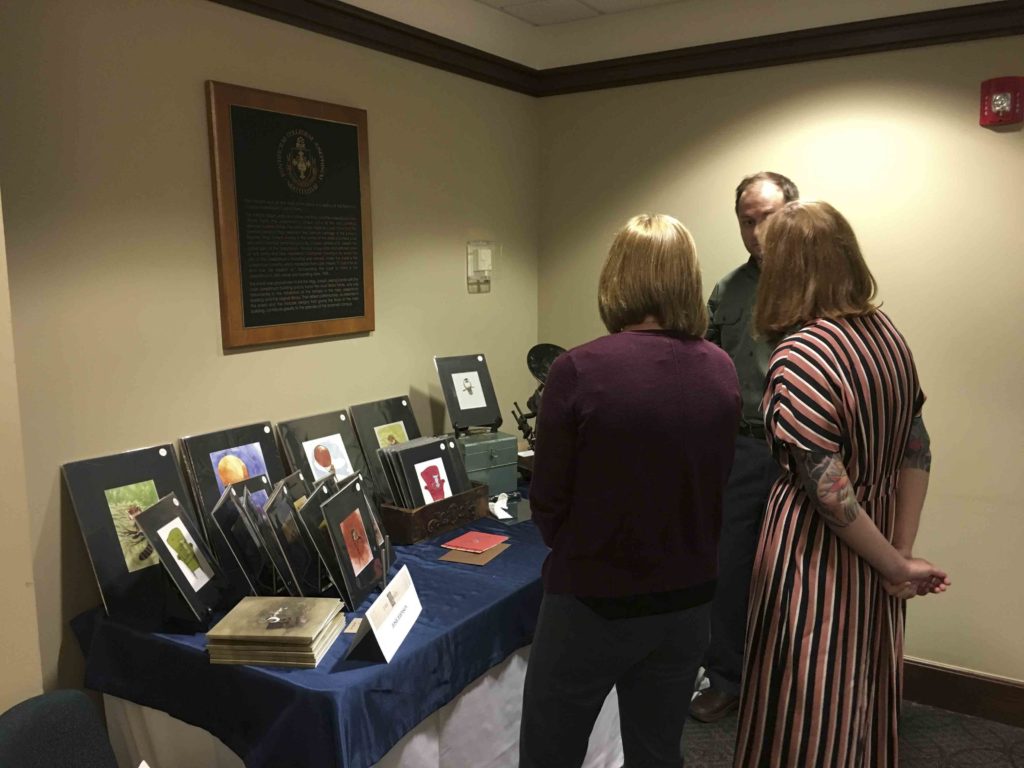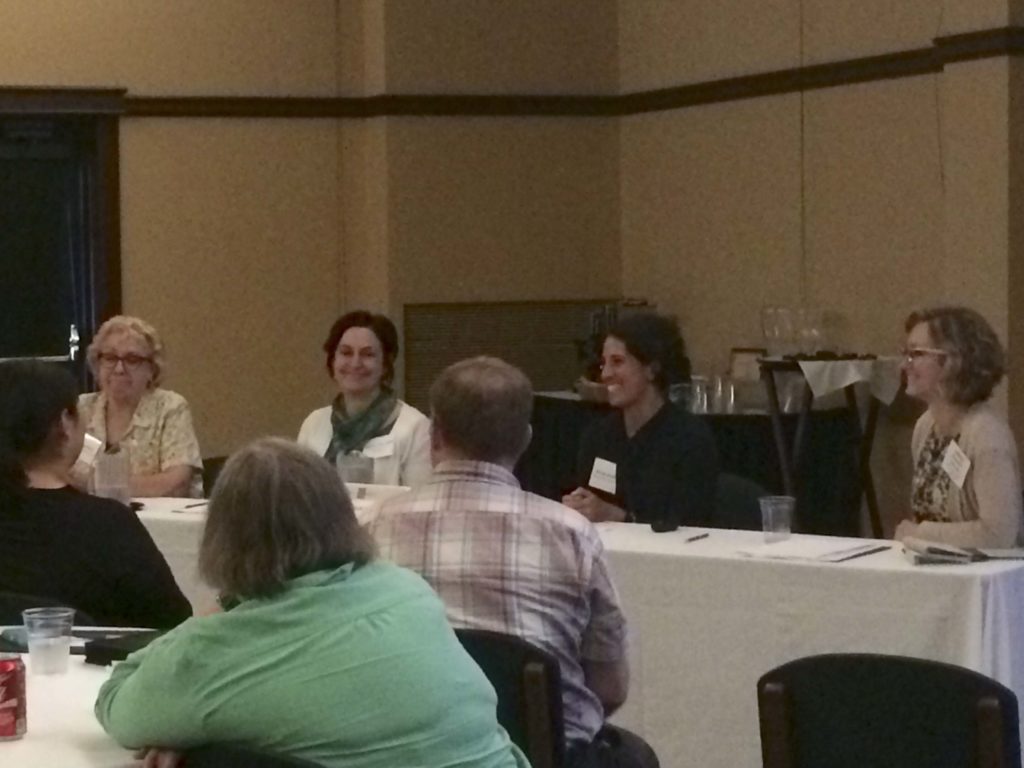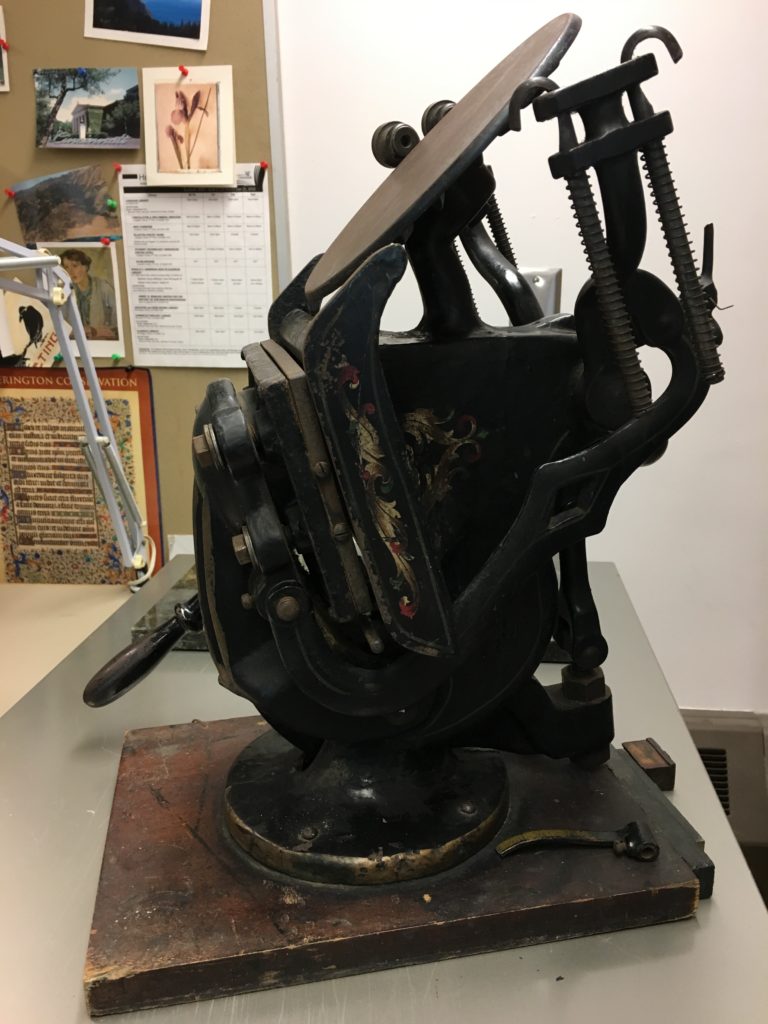As the end of the year is drawing to a close (this is our last day before UC’s winter seasonal break when the university is closed until the New Year!!) I find myself looking back at the past year in the lab and thinking of all the things we’ve accomplished, individually and as a team. I know all of us in the lab consider ourselves very fortunate, our work is fulfilling and interesting and we are continuously surrounded by a great group of dynamic and talented people. And as the student supervisor for the lab, I have to say, our students have made this year even more stellar. They’re just the best! Ask any staff member in the lab and I’m sure they’ll say the same exact thing, we are so lucky to have the group of passionate, energetic, and skilled students that we have working with us.
Each year, instead of the usual departmental pizza party for students, the lab sets aside some time to thank our students and volunteers for everything they do for us by having two days of fun activities for our students and volunteers. These “fun days” are generally around finals, when the students are reaching the end of the semester and their holiday break, and usually involve activities that tie back into bookbinding/book arts/conservation/etc. somehow. This year we enjoyed papermaking, pulp painting, explosion books/ornaments and origami boxes. Our annual “fun days” are just that…fun, not only because we get to watch the students relax and unwind and thank them for all they do, but we always get to learn more about them and connect with them even more. One of my favorite parts is seeing which students get really into which activities; sometimes it’s fascinating and unexpected, and sometimes it just makes total sense. But that moment when a student gets to relax and enjoy, after a semester of rigorous schoolwork and general collections repairs, well that’s just the cherry on top!
This year has been extra fulfilling not only because our students are amazing and it is because of them that the bulk of our general collections repairs happen, but also because those warm fuzzy feelings all our staff feel for the students…well, apparently they’re mutual. For four years now the UC Libraries has been offering an annual UCL Student Worker Scholarship, thanks to generous donations from the faculty and staff at UCL. This year, we are happy to say, a Preservation Lab student was awarded the scholarship for the second time in four years! Two years ago it was our student, DJ Davis (who recently graduated earning his MBA….go DJ!), who received the scholarship, and this year it was our student, Stefan Apostoluk! Stefan is a senior Computer Engineering major who is also working his MBA through the ACCEND program. I am beyond proud of Stefan!
We actually had two students apply for the scholarship this year, Stefan and our DAAP fine arts student, Alex Phillips. This isn’t surprising, because in my eyes, all of our students are award worthy. In fact, our binding student and business major, Drew Eaton, was awarded the Student Quality Service Award in April of this year! So, our students have been killing it this year; again, that’s no surprise to the staff down here. They crush it on a daily basis in the lab, but it’s great that they are getting some public attention for it. What has been immensely fulfilling in writing the scholarship recommendation letters for Alex and Stefan was getting to read their essays on how working in the libraries has inspired them. They’ve both given me permission to share their sweet words about the lab and our team…
Alex wrote:
“Working for the University’s Preservation Lab has been a dream-come-true. Ever since I learned that such a job existed, I wanted to be involved…There is a sense of satisfaction with each book that passes through my hands in need of care, and my work feels purposeful. Not only do I enjoy my work, but my co-workers and mentors have been a great model of what a productive and positive work environment can be. It is a relief to work in a space where there aren’t constant negative and harmful conversations such as gossip. The Lab has proven that a positive work environment is not a myth, and I am so grateful.”
Stefan wrote:
“Working at UC Libraries has inspired me to find a job where I fit in and matter. I have the great pleasure of working in the Preservation Lab at Langsam, a place that I’ve come to love dearly in my four years there as a student worker. While the lab is small and has a full-time staff of less than 10, my coworkers are all heartfelt, funny, and interesting people. They are truly what makes my job so special and enjoyable. A few hours at the lab can be enough to turn a miserable day into a good one. Even though doing spine repairs on books and making enclosures is a far cry from software development and project management, I’ve learned some very important things working at UC Libraries. The lab has taught me about the importance of work culture, of loving where you work, and of loving who you work with. Wherever I end up working in the next year after I graduate from UC, I know it’ll need to be some place I love.”
It doesn’t get much better than that, right? If that doesn’t make you feel like you are doing something right and are one of the lucky ones, I don’t know what would. And darn it, if it doesn’t make me appreciate those students, volunteers, and staff that I get to call team members even more! A big thank you to our entire team, for all the amazing work you have done this year and for your enthusiasm, personality, and dedication!
OUR TEAM:
Students –
- Stefan Apostoluk
- DJ Davis
- Drew Eaton
- Evelyn Mendoza
- Brad Miller
- Alex Phillips
Volunteers –
- Joan Konecny
- Lucy Schultz
- Jeanne Taylor
- Alex Temple
Staff –
- Jessica Ebert, Conservation Tech
- Catarina Figueirinhas, Sr. Conservation Tech
- Holly Prochaska, Preservation Librarian & Co-Manager
- Ashleigh Schieszer, Conservator & Co-Manager
- Veronica Sorcher, Conservation Tech
- Hyacinth Tucker, Binding Processor
- Chris Voynovich, Conservation Tech
Here are some more pictures from the papermaking portion of our student/volunteer appreciation days…
You can also watch a brief video on the beating process of papermaking on our UCL MediaSpace channel, here.
Happy Holidays from the Preservation Lab!
Jessica Ebert (UCL) – Conservation Technician [and the very fortunate student supervisor]
